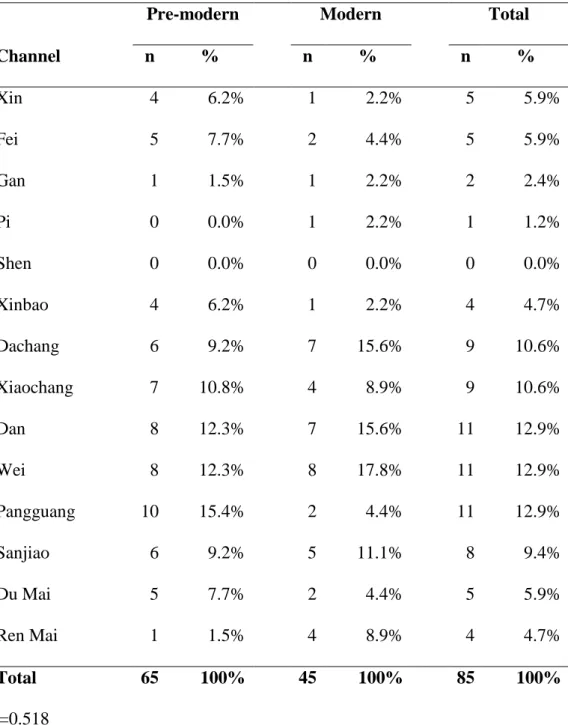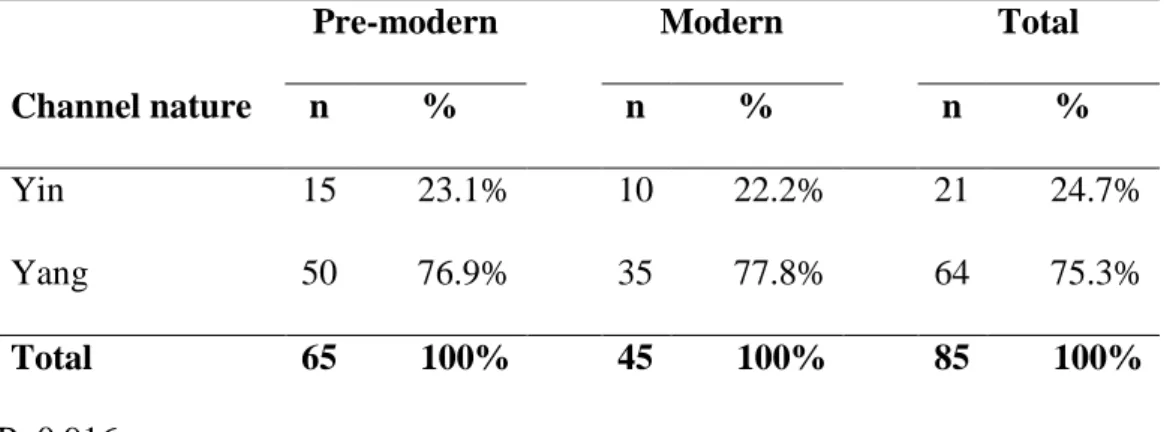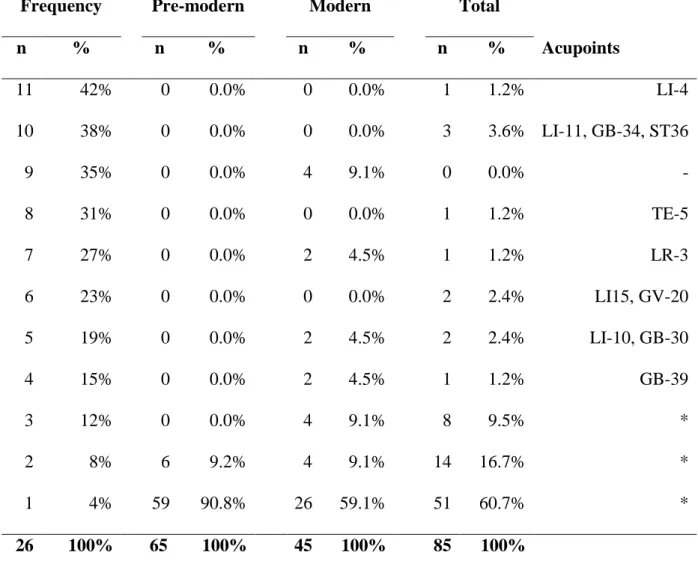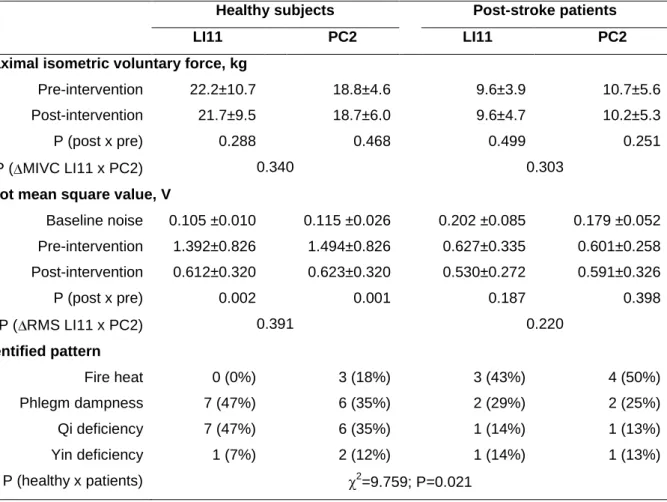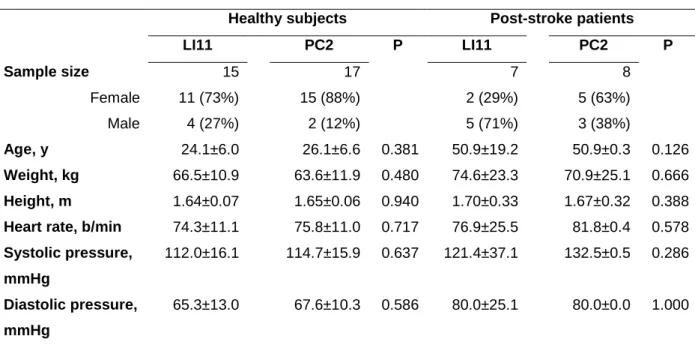Avaliar os efeitos imediatos da estimulação manual do ponto de acupuntura na função do músculo bíceps braquial (atividade elétrica e força) em indivíduos saudáveis e pacientes com hemiparesia espástica crônica. Propor um desenho de estudo para avaliar os efeitos imediatos da estimulação do ponto de acupuntura em indivíduos saudáveis e pacientes com hemiparesia crônica usando sEMG;. Verificar os efeitos imediatos da estimulação dos pontos de acupuntura em indivíduos saudáveis e pacientes com hemiparesia crônica via EMG e avaliar a distribuição dos padrões encontrados.
Publicado: Perspectivas (online) 2010; 4(15): 151-158
A fisiopatologia do acidente vascular cerebral segundo a medicina Chinesa
Introdução
Desenvolvimento teórico
- Literatura clássica em medicina Chinesa sobre o acidente vascular cerebral
- Literatura contemporânea em medicina Chinesa sobre o acidente vascular cerebral
- Padrões associados à Hemiplegia
- Modelos automáticos para identificação dos padrões de AVC
Li Dong-yuan teoriza a existência de uma divisão etiológica para o sopro do vento, classificando-a como: visceral; orgânico; de vasos sanguíneos; e a rede de canais baseada no vazio de qi e ataque de vento externo (YANG & LI, 1993). O esforço físico excessivo e o descanso insuficiente enfraquecem o baço (pi), os músculos e os canais, permitindo a manifestação do vento interno através de uma deficiência de qi e sangue neles e maior suscetibilidade aos ataques do vento externo. Ataque de vento externo entra nos canais quando a resistência é enfraquecida, obstrui a circulação de qi e sangue (xue), pode ser acompanhado por catarro repentino.
Aceito pela “Chinese Journal of Integrative Medicine” em Dezembro/2011
Statistical distribution of acupoint prescriptions for sensory-motor impairments in post-stroke subjects
- Pre-modern literature review
- Modern scientific literature review
- Statistical analysis
- Aceito para publicação pelo “Journal of Chinese Integrative Medicine” em Dezembro/2011
It was shown that pre-modern and modern authors selected channels for intervention in a similar way. A first, descriptive analysis of acupoint frequency counts was performed for both groups of pre-modern and modern authors. No significant difference (P=0.482) was observed between pre-modern and modern authors in the frequency of acupoints grouped by channel.
No significant difference (P=0.966) was found between premodern and modern authors regarding the frequency of accumulation points grouped according to the nature of the channel. This study described the characteristics of acupoint prescription for therapeutic intervention in post-stroke subjects based on premodern and modern literature. The main findings of this study are: 1) premodern and modern authors have chosen channels for intervention in a similar way in terms of channel selection as well as the preference of acute points in yang channels;.
Most importantly, this study showed that pre-modern and modern authors chose channels of intervention in a similar way, ie. taken together, these findings suggest that differences between pre-modern and modern authors are probably not the most significant factor influencing the outcome of clinical trials. Premodern and modern writers chose channels for intervention in a similar way in terms of the selection of different channels, and a preference for acupoints in yang channels was observed.
Variability among acupoint prescriptions is higher among pre-modern authors compared to modern works for stroke-related sensory-motor impairments.
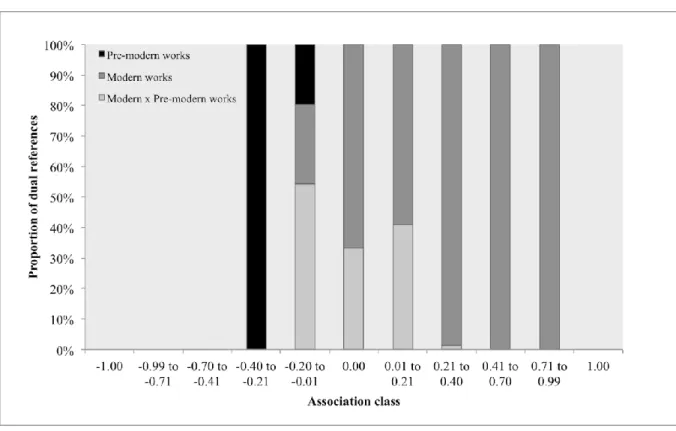
Immediate effects of manual acupuncture on brachial biceps muscle function in healthy individuals and chronic hypertonic stroke patients: A
- Introduction 1 Background
- Methods
- Discussion
- Manuscrito 5 – Aceito para publicação pela “Chinese Medicine” em Fevereiro de 2012
Healthy volunteers will be selected from the academic graduate community and data will be collected in the Human Movement Analysis Laboratory. Post-stroke patients will be referred by the Fluminense Rehabilitation Association (AFR) and data will be collected at the rehabilitation gymnasium. The items in the model differentiation questionnaire are considered as dichotomous variables that will be used as input variables for the regression equations provided by the authors[23].
All volunteers will be characterized by age, gender and the following clinical and anthropometric variables. All electrodes will be attached with adhesive tape to minimize artefacts produced by movements of the skin. To record and process the signals, algorithms written in LabVIEW (National Instruments) Windows® will be used.
The average value of all detected epochs will be used as a representative value of RMS. Power signals are low-pass filtered (cut-off frequency: 5 Hz, Butterworth 2nd order, bidirectional) and . The maximum value of all detected epochs will be used as a representative value of MIVC.
In addition, by comparing the estimated probabilities of the linear regression model[23] between HG and CG, a cut-off value will be determined and its accuracy evaluated in the studied sample. Signals will be stored without reference to the selected acupoint to allow a blinded signal processing of sEMG data by a second author (ASF). It is expected that new insights will be provided with this study design regarding the neuromuscular effects of manual acupuncture in healthy and post-fit subjects.
Immediate effects of acupuncture on biceps brachii muscle function in healthy and post-stroke subjects: Results of a
Abstract
Background
Results
A significant decrease in RMS values was observed in ST36 and SP9 immediately after acupuncture, but MIVC was significantly reduced only after stimulation of ST36. No significant differences were observed between LI11 and PC2 accumulation points in post-pre (Δ) values of MIVC and RMS (p=0.340 and P=0.391, respectively). Repeatability analysis showed no significant difference in RMS values obtained from three repetitions of maximal voluntary effort before interventions at LI11 (P=0.885) or PC2 (P=0.892), as well as after stimulation of those acute points (P=0.736; P=0.906; respectively).
Similarly, MIVC force was also not significantly different between the three repetitions before interventions at LI11 (P=0.864) or PC2 (P=0.977), as well as after stimulation of these acupuncture points (P=0.763; P=0.986). Stroke patients exhibited behavior that differed from that observed in healthy subjects (Table 1). No significant differences were observed between acupuncture points LI11 and PC2 in ΔMIVC and ΔRMS (P=0.303 and P=0.220, respectively).
Repeatability analysis showed no significant difference on RMS values obtained from three repetitions of maximal voluntary exercise before interventions on LI11 (P=0.933) or PC2 (P=0.750), as well as after acupuncture of those acupoints (P=0.998; P=0.731 respectively) . Similarly, MIVC force was also not significantly different between the three repetitions before interventions on LI11 (P=0.480) or PC2 (P=0.970), as well as after stimulation of those acupoints (P=0.861; P=0.881; respectively). Two patterns - "Mucous Fluid" and "Qi Deficiency" - were most commonly identified in healthy subjects (47% and 35% on each acupoint group LI11 and PC2, respectively).
Discussion
In the sample of post-stroke patients, neither RMS nor MIVC values decreased after acupuncture stimulation. 17] evaluated functional and electromyographic parameters (F-wave) and reported significant reduction in spasticity in chronic post-stroke patients subjected to 30 days of acupuncture due to reduced excitability of -motoneurons. Yan & Hui-Chan [18] used functional scales, MIVC and electromyography (co-contraction ratio) in post-stroke patients with acute motor impairment and showed that 3 weeks of electroacupuncture significantly increased MIVC while reducing co-contraction of medial gastrocnemius and tibialis anterior.
First, RMS pre-intervention rates were lower (42.4%) in post-stroke patients than in healthy subjects, probably due to a lower MIVC (50.0%) – mitigating the negative features of upper limb paresis in confirms this sample. This implies at a different "operational point" of the force-MU recruitment relationship and may have influenced the composite pattern of the sEMG signal. Based on the present results and taking into account the sEMG signaling characteristics and neurophysiology, a theoretical model for the explanation of the results observed in healthy subjects was proposed that is compatible with the adaptive changes observed in post-stroke subjects and takes into account the acupuncture technique.
The lack of acupoint-specific effects was also reported by other studies of sEMG [11,12] and other clinical outcomes [29] and is consistent with the results of the current study and the proposed model. In addition, recent studies have shown that the high frequency band (>440 Hz) of sEMG signals allows accurate estimation of the force-RMS relationship and requires further attention [32] to test the robustness of the proposed model for changes in sEMG processing techniques. to judge. . In the present study, CM pattern differentiation was performed by an automated model designed for post-stroke patients from a large sample study [33].
Ongoing research on this topic includes determining the diagnostic accuracy of the method in stroke patients, determining cut-off points for.
Conclusions
LI11 was located with the elbow flexed, the radial end of the elbow, in the middle of the line connecting the Chize (LU5) with the lateral epicondyle of the humerus. PC2 was located on the medial side of the arm, 2 cun below the anterior end of the axillary fold, between the long and short heads of the biceps brachii muscle. For patient safety, these sites were cleaned with a sterile cotton swab soaked in 70% alcohol and moistened with 0.90% saline.
Active differential electrodes (gain: 20x) were used to collect sEMG signals from surface electrodes to the analog device. Isometric force signals were obtained by a load cell (range: 0–200 kg; EMG System, SP, Brazil) connected to the same analog device synchronously with sEMG signals at a sampling rate of 1.0 kHz per channel. In sequence, unilateral oblique puncture (45º) of the selected acupoint in the direction of qi circulation was performed with a sterile, disposable stainless steel needle (Lizhou, China; . 0.20x13 mm) at a depth of about 1.5 cm (the needle) length was chosen to minimize the depth of needle insertion among all volunteers).
Signals were amplified by the analog device (gain: 2,000x) and digitally stored for off-line processing, which was performed by another author (ASF). Each envelope contained the guidance of the acupuncture intervention: PC2 in non-dominant arm of healthy individual; LI11 in non-dominant arm of healthy individuals; PC2 in the paretic upper limb; and LI11 in the paretic upper limb. The researcher opened the envelope to determine the guidance for acupuncture, but did not report the actual acupoint name and function to the patient.
In addition, signals were stored without referring to the selected acupoint to allow a blinded signal processing of sEMG data.
Competing interests
Acknowledgements
Authors' contributions
Toma K, Conatser Jr RR, Gilders RM, Hagerman FC: The effects of acupuncture needle stimulation on skeletal muscle activity and performance. Nygaard E, Houston M, Suzuki Y, Jørgensen K, Saltin B: Morphology of the brachial biceps muscle and elbow flexion in man. Zhao JG, Cao CH, Liu CZ, Han BJ, Zhang J, Li ZG, Yu T, Wang XH, Zhao H, Xu ZH: Effect of acupuncture treatment on spastic conditions in stroke patients.
Hafer-Macko CE, Ryan AS, Ivey FM, Macko R: Skeletal muscle changes after hemiparetic stroke and potential beneficial effects of exercise intervention strategies. Langevin HM, Churchill DL, Cipolla MJ: Mechanical signaling through connective tissue: a mechanism for the therapeutic effect of acupuncture. Potvin JR, Brown SH: Less is more: high-pass filtering to remove up to 99% of surface EMG signal strength improves EMG-based biceps brachii muscle force estimates.
Ferreira AS: Diagnostic Accuracy of Pattern Differentiation Algorithm Based on Traditional Chinese Medicine Theory: A Stochastic Simulation Study. Sá Ferreira A: Misdiagnosis and non-diagnosis due to pattern similarity in Chinese medicine: a stochastic simulation study using pattern differentiation algorithm. Fragoso APS, Ferreira AS: Immediate effects of manual acupuncture on brachial biceps muscle function in healthy subjects and patients with chronic hypertonic stroke: research protocol of a parallel-group randomized clinical trial.
Fragoso APS, Ferreira AS: Statistical distribution of acupoint prescriptions for sensorimotor impairment in post-stroke subjects.
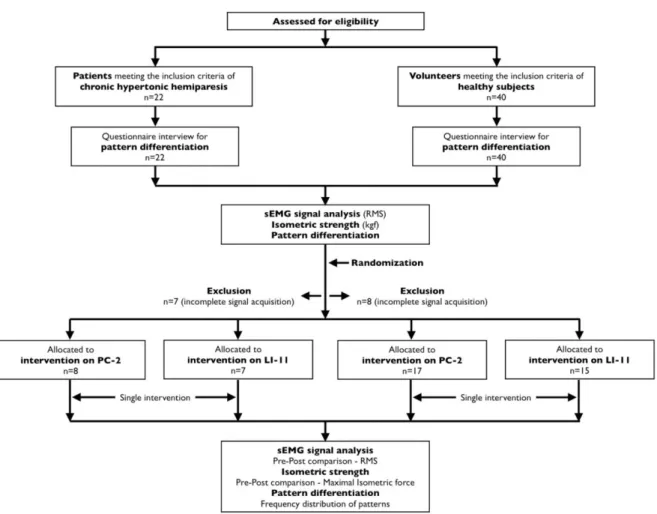
Considerações Finais
Carta de aprovação do comitê de ética
Termo de Consentimento Livre e Esclarecido
